A Constellation of Connections
Synesthesia is a phenomenon where stimulation of one sensory or cognitive pathway leads to experiences in another sensory or cognitive pathway [1]. Synesthesia represents a blending or crossing of senses and can be seen as a metaphor for the interconnectedness of life’s experiences and the fusion of senses into a unified whole, creating a richer, more vibrant existence.
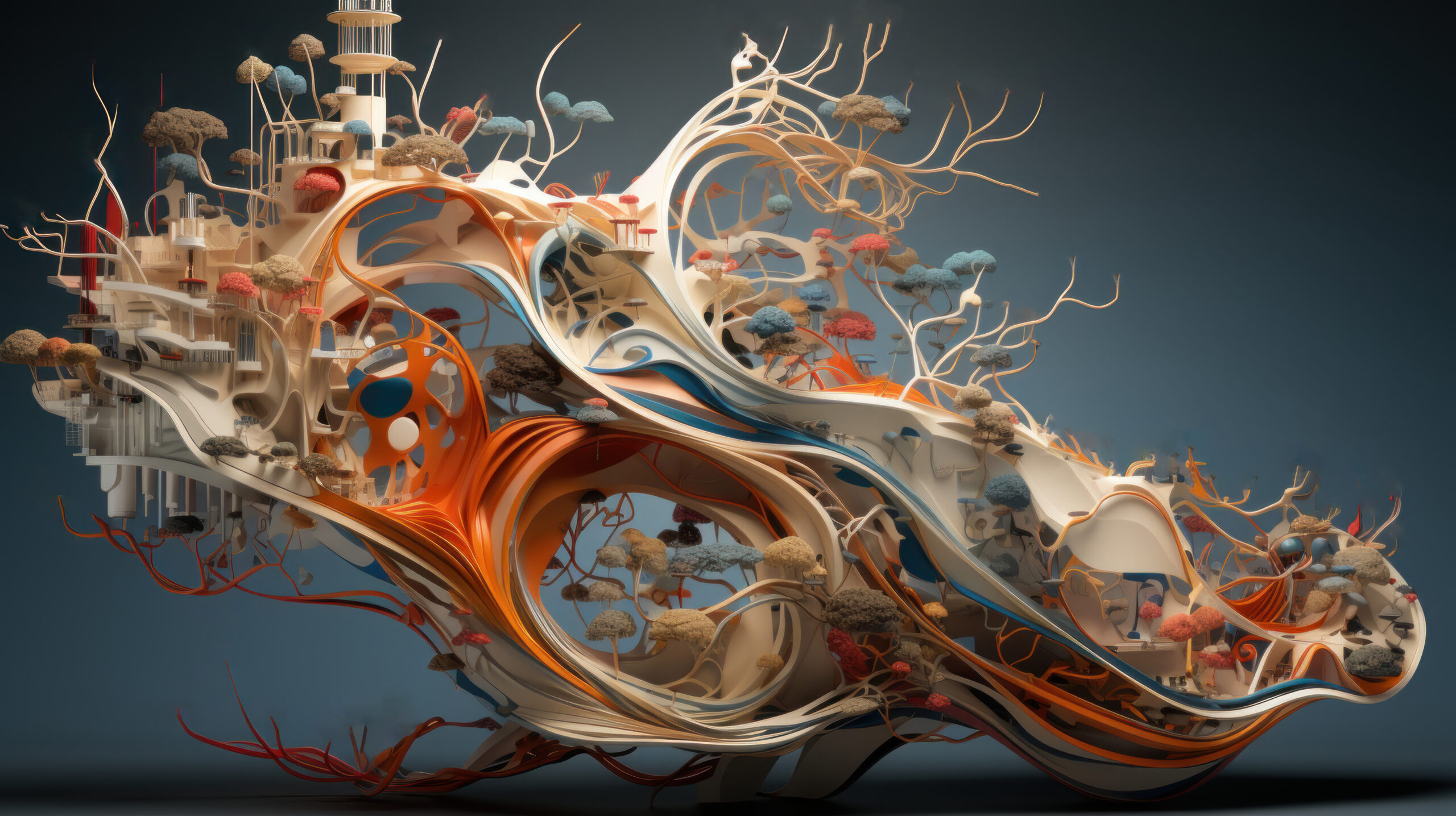
The Bridge Between Worlds
Synaesthesia can symbolize the ability to transcend conventional boundaries, moving between different modes of experience with ease. This can be seen as a metaphor for transcending old limitations and entering new realms of understanding.
Breaking the Matrix
Synaesthesia can be seen as a metaphor for disrupting conventional patterns and thinking outside the box. By defying the standard sensory boundaries, synaesthesia symbolizes innovation, which often requires breaking traditional matrices to create something new and unexpected.

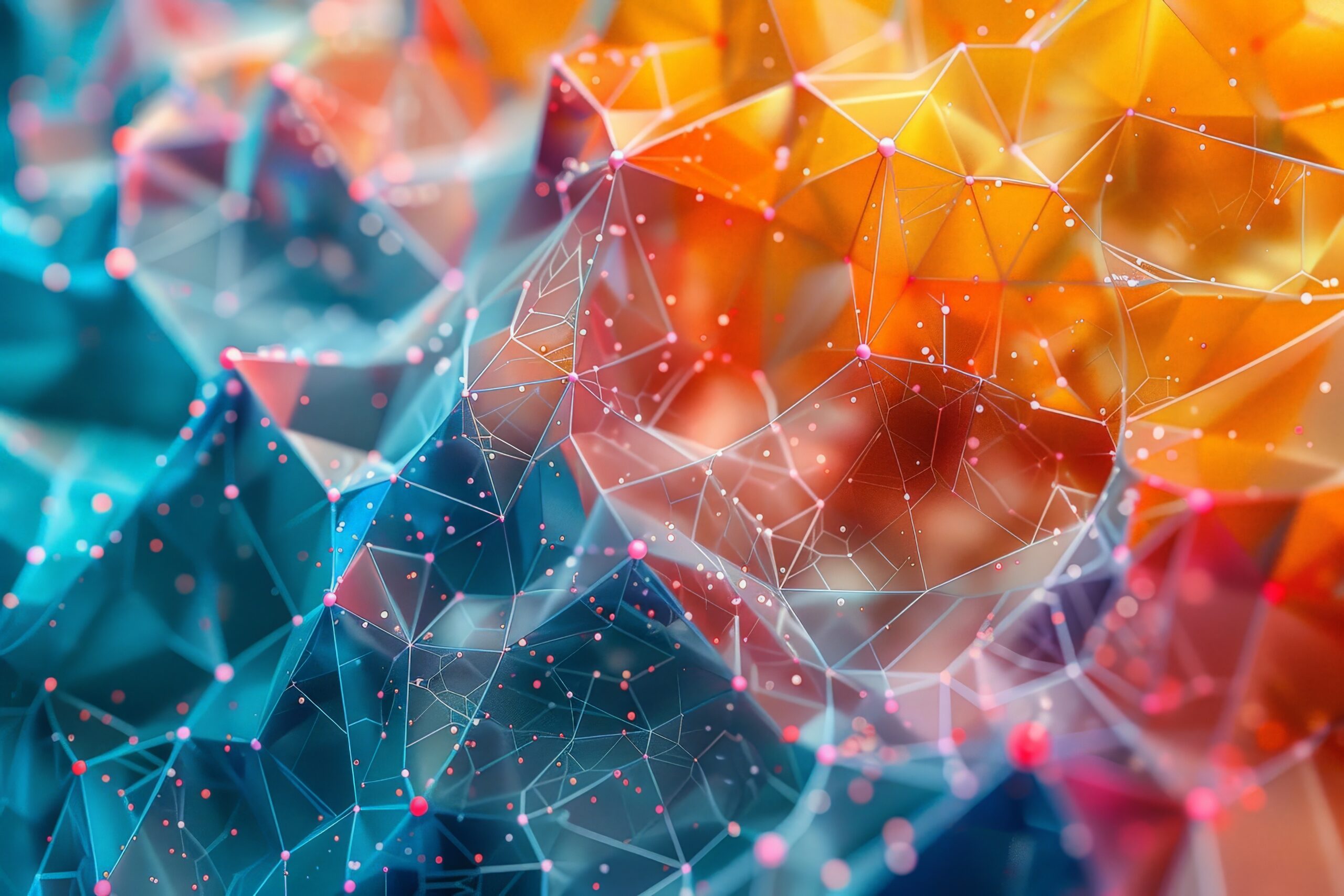
The Kaleidoscope of Perception
Just as a kaleidoscope transforms ordinary patterns into extraordinary visuals, synesthesia can represent the uniqueness of individual perspectives. It emphasizes how people can experience the world in vastly different ways, each perspective adding to the richness of human diversity. In this sense, synaesthesia is a symbolic invitation to embrace diversity of perspectives.
Are We All Born Synaesthetic?
Some scientists propose that synaesthesia may be a remnant of a typical developmental process in which the brain initially forms a large number of synaptic connections, including those linking regions that later specialize in processing individual senses. Even in adults without synaesthesia, remnants of these original connections persist. While these remnants do not influence conscious perception, they contribute to implicit crossmodal associations during sensory processing [1]. This view remains controversial [2].
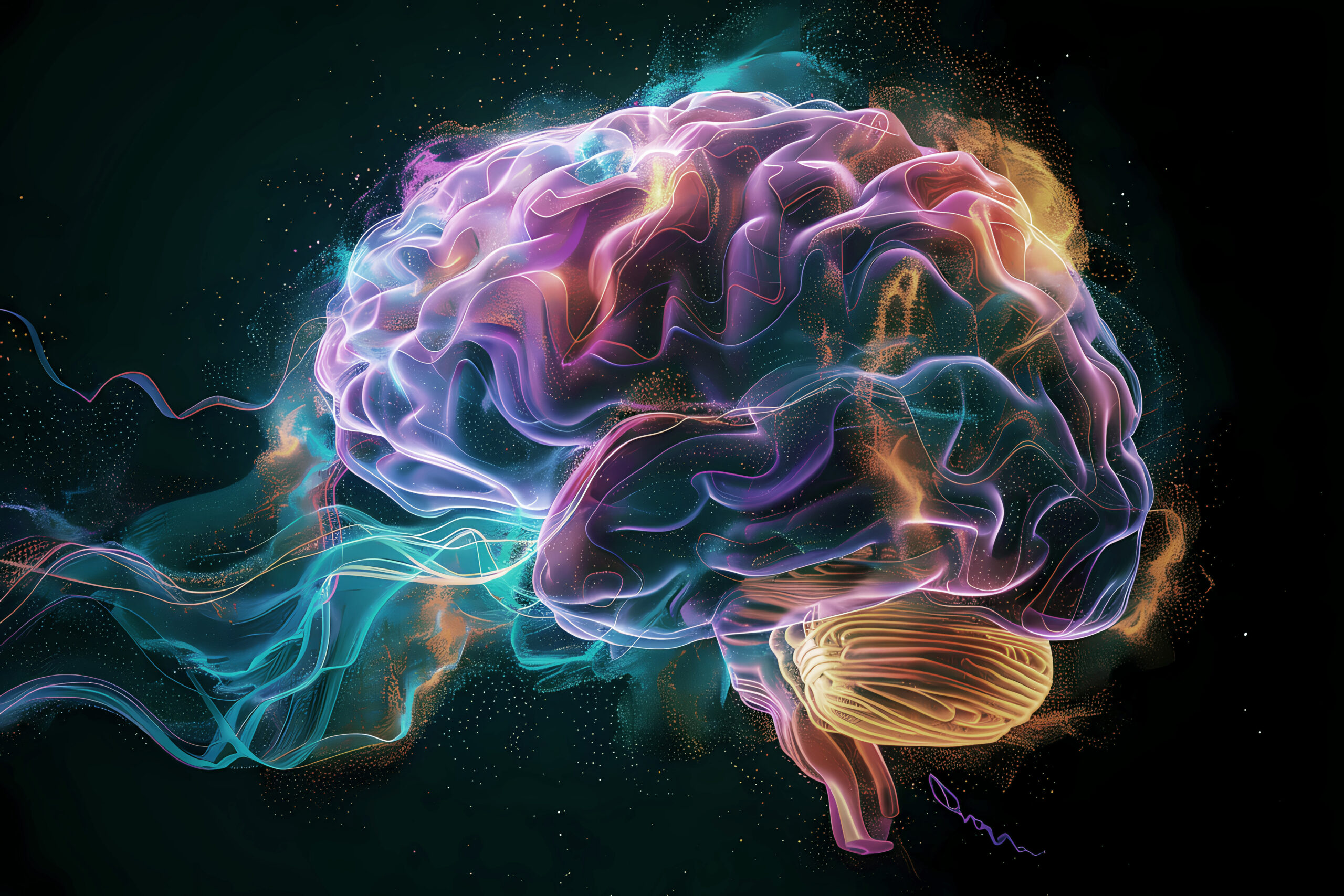
Language as a form of synaesthesia
From an evolutionary perspective, language may have developed from synaesthetic-like mechanisms of blending of senses, that helped early humans interpret their environment by associating sounds with other sensory experiences. These mechanisms could have been adapted and refined over time, leading to the complex symbolic systems we use today [3]. One area where the cross-modal property of language is highlighted is through the use of metaphors, for example when we describe an experience as sweet, cold, or enlightening.
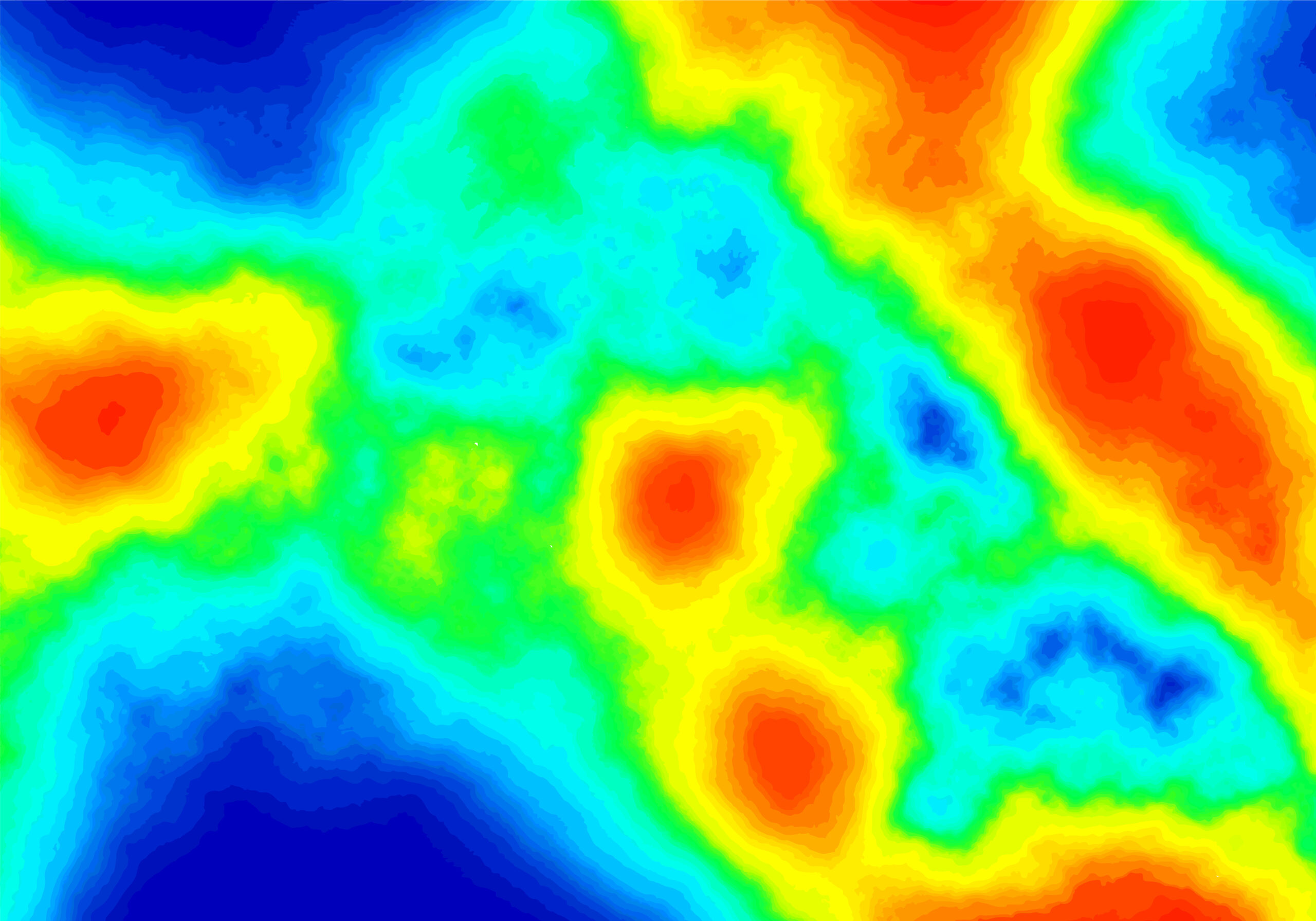
Sound symbolism
How can we explain the development of a system where the forms of words seem unrelated to their meanings? The "sound-to-meaning goodness-of-fit" hypothesis suggests that words have evolved, at least partially, based on the meanings evoked by their sounds. This implies that language users unconsciously make cross-modal associations between the sound qualities of words and the sensory characteristics of the objects they represent, echoing the cross-modal connections seen in synaesthesia [4].
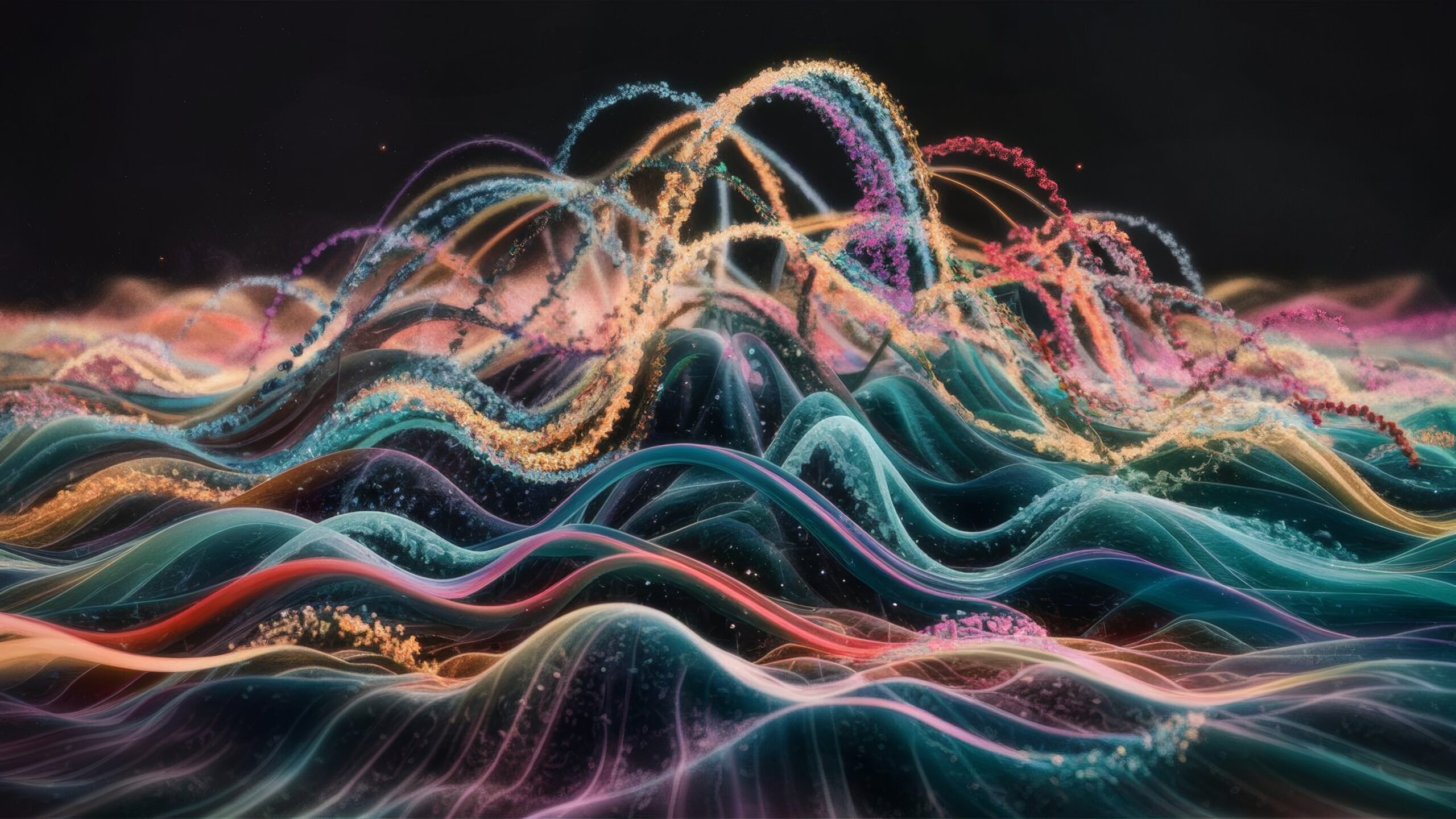
References
[1] Maurer, D., Gibson, L. C., & Spector, F. (2012). Infant synaesthesia. In Oxford University Press eBooks (pp. 229–250).
[2] Deroy, O., & Spence, C. (2013). Are we all born synaesthetic? Examining the neonatal synaesthesia hypothesis. Neuroscience & Biobehavioral Reviews, 37(7), 1240–1253.
[3] Cuskley, C., & Kirby, S. (2013b). Synesthesia, Cross-Modality, and Language Evolution. In Oxford University Press eBooks.
[4] Bankieris, K., & Simner, J. (2015). What is the link between synaesthesia and sound symbolism? Cognition, 136, 186–195.
